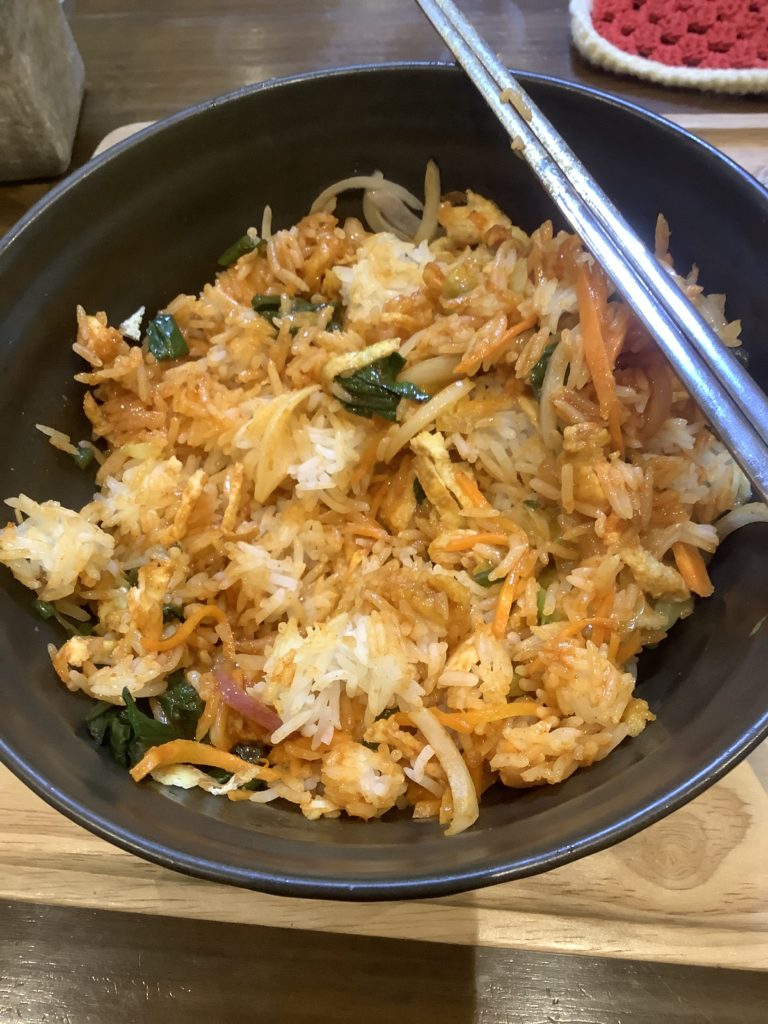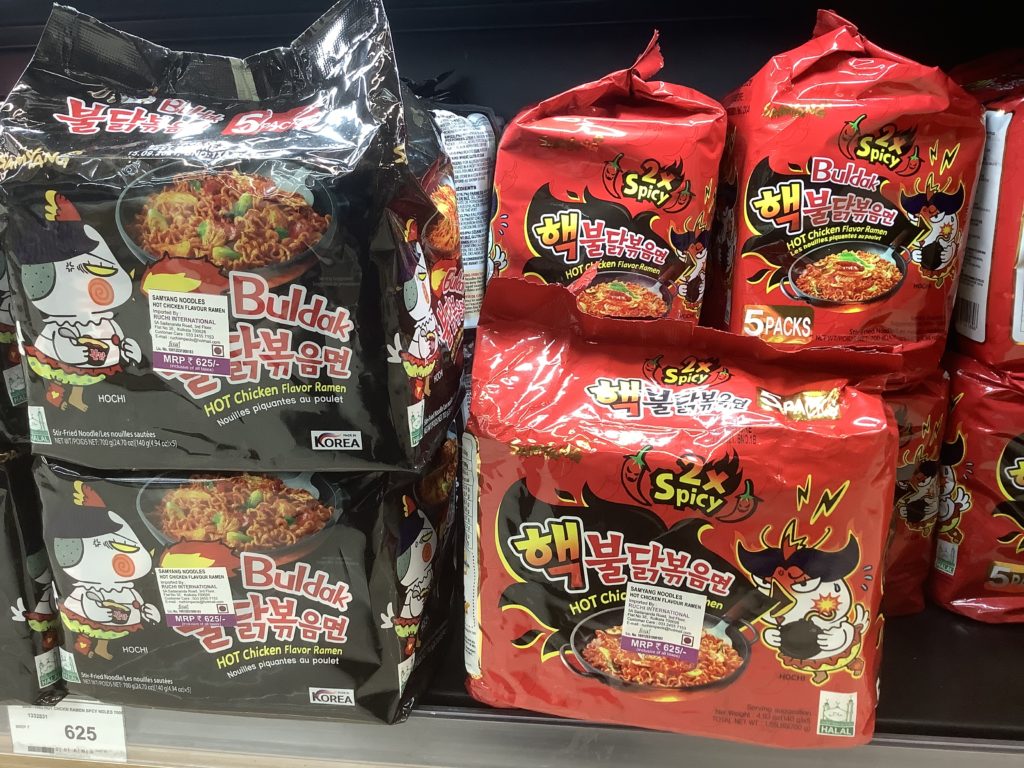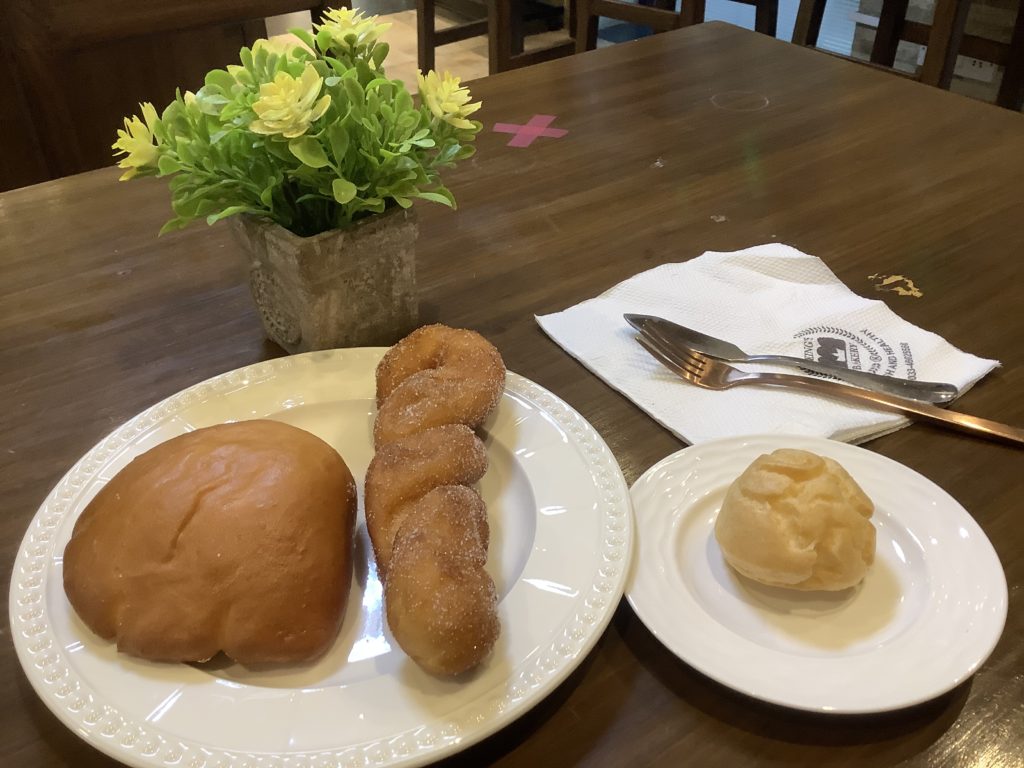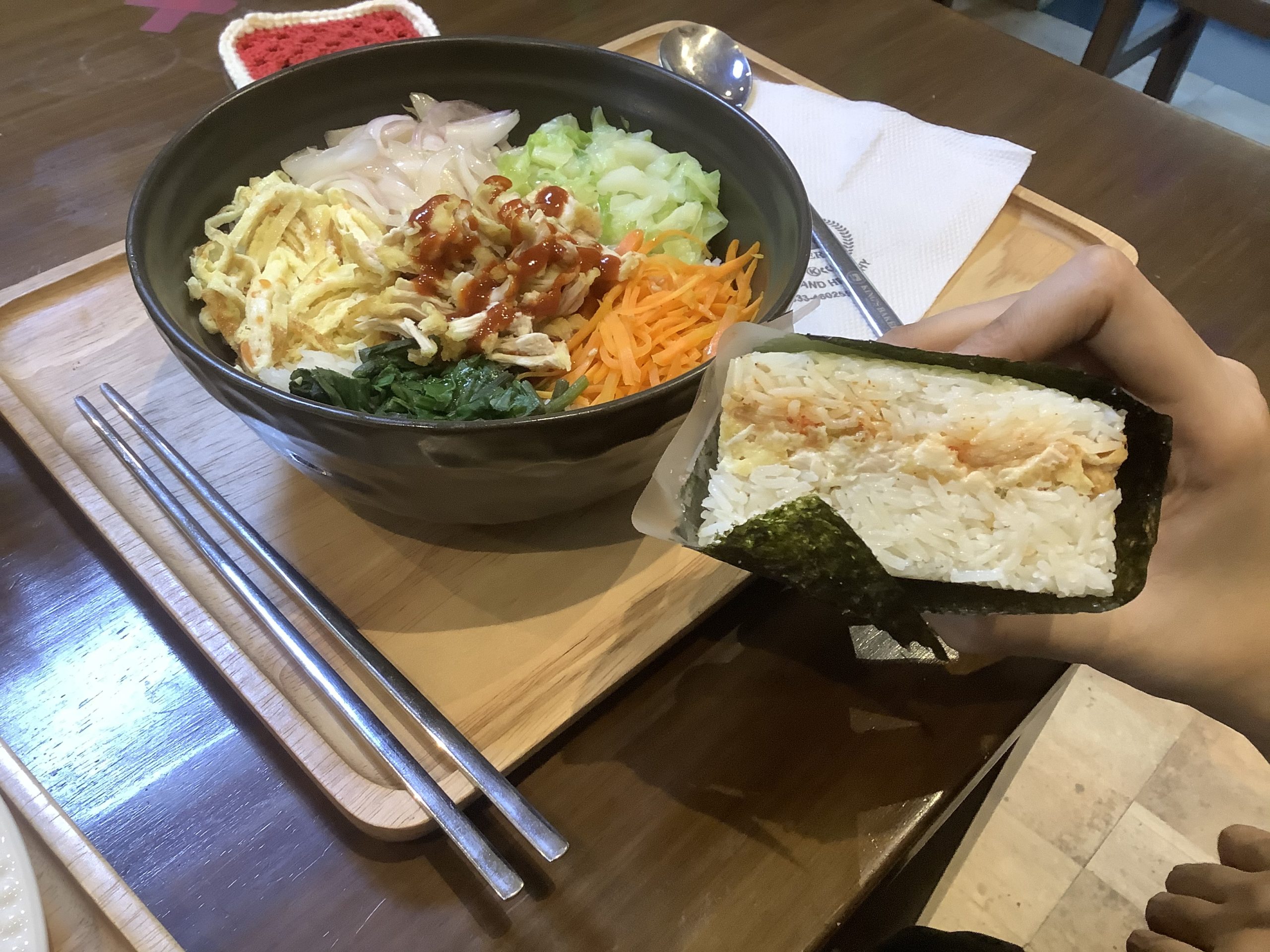A BTS Calendar to greet you at the entrance? Check.
K-pop songs playing in the background, as coffee’s aroma wafts through the air? Check.
The latest K-drama playing on Netflix, as customers gorge on kimbap? Check.
This is how Kolkata’s authentic South Korean restaurant, King’s Bakery, welcomes you, as you step into their Acharya Jagadish Chandra Bose Road outlet on any given day.

The restaurant is one of many sprouting up across India, riding on the success of Korean culture through the subcontinent. Urban Indians are no stranger to Korean pop (K-pop), Korean dramas (K-dramas), and Korean cinema. These are all “avenues” for discovering South Korean culture, according to Prabha Behera, Korean Cultural Centre (KCC) India’s Public Relations Officer.
All three exhibit the South Korean lifestyle, with their food taking the centre-stage. In K-pop group Blackpink’s documentary, Light Up The Sky, the quartet’s members discuss where they’ll be in 20 years over Korean barbeque. Similarly, the ‘ram-don’ scene in the Oscar-winning movie, Parasite, led to hundreds of Youtube videos being created to tell the world which noodles to combine to get the exact dish.

KCC, a diplomatic mission of the Republic of Korea in New Delhi, undertakes initiatives like Korean language classes and their school partnership programme to promote the Asian country’s culture in India. Over a lakh students have participated in activities like taekwondo and food tasting since the programme’s inception in 2013, as per official figures.
“It’s spreading their (South Korea’s) soft power…it’s really helping them rev up their tourism,” said Behera on a phone call.
The organisation introduced an interview system for their beginner language course, to deal with the applications which soared six-fold in the last eight years. Earlier, people who wanted to work at South Korean companies, signed up for the course, she said. Now, KCC sees an influx of youngsters who want to learn the language to study in South Korea to meet BTS!
“I’m in love with Korea!” said 21-year-old Sriparna Mitter, who had visited South Korea in 2018 to take part in South Korean production house SM Entertainment’s global auditions.
To paneer or not to paneer?
Kimchi paneer wrap, Korean-style prawns, kimchi grilled cheese are just a few of the dishes that a customer may be able to order when they visit their neighbourhood Korean restaurant in India. But just as gobi (cauliflower) manchurian isn’t available in Beijing, these indo-fusion dishes amuse Koreans!
“Kimchi paneer wrap? Like cheese and kimchi? No!” said Seok Jung, King Bakery’s owner, while shaking his head when asked about the quirky wrap.
Paneer, or cottage cheese, a staple in most vegetarian Indian households, is the easiest substitute for tofu in South Korean dishes, even though the two are not the same in texture and taste.
“When a McDonald’s comes to India, they’re not using the same menu that they use in the West, they have to cater to an Indian audience. So when Korean restaurants open up in India, they have to cater to us,” Behera said.

Kashmiri rajma, or kidney beans, can be used as a substitute for adzuki beans in preparing a sweet red bean paste, according to Paresh Kumar, an assistant professor at Delhi University’s Department of East Asian Studies. While the usage of the words “sweet” and “rajma” together may baffle Indians, the paste is the crowning glory of a South Korean dessert, patbingsu, which is a shaved ice and condensed milk treat.
Along with exploring the indo-fusion aspect, Korean restaurants also bring with them their values of sharing.
“Koreans share their food. The etiquette is that the elders will start first, then the younger ones will follow. Everybody shares soup from one big bowl, using their own spoons,” said Kumar, who studied in Seoul’s Hankuk University of Foreign Studies in 2003. “This feels really nice because everybody is treated equally and food is shared without hesitation.”

